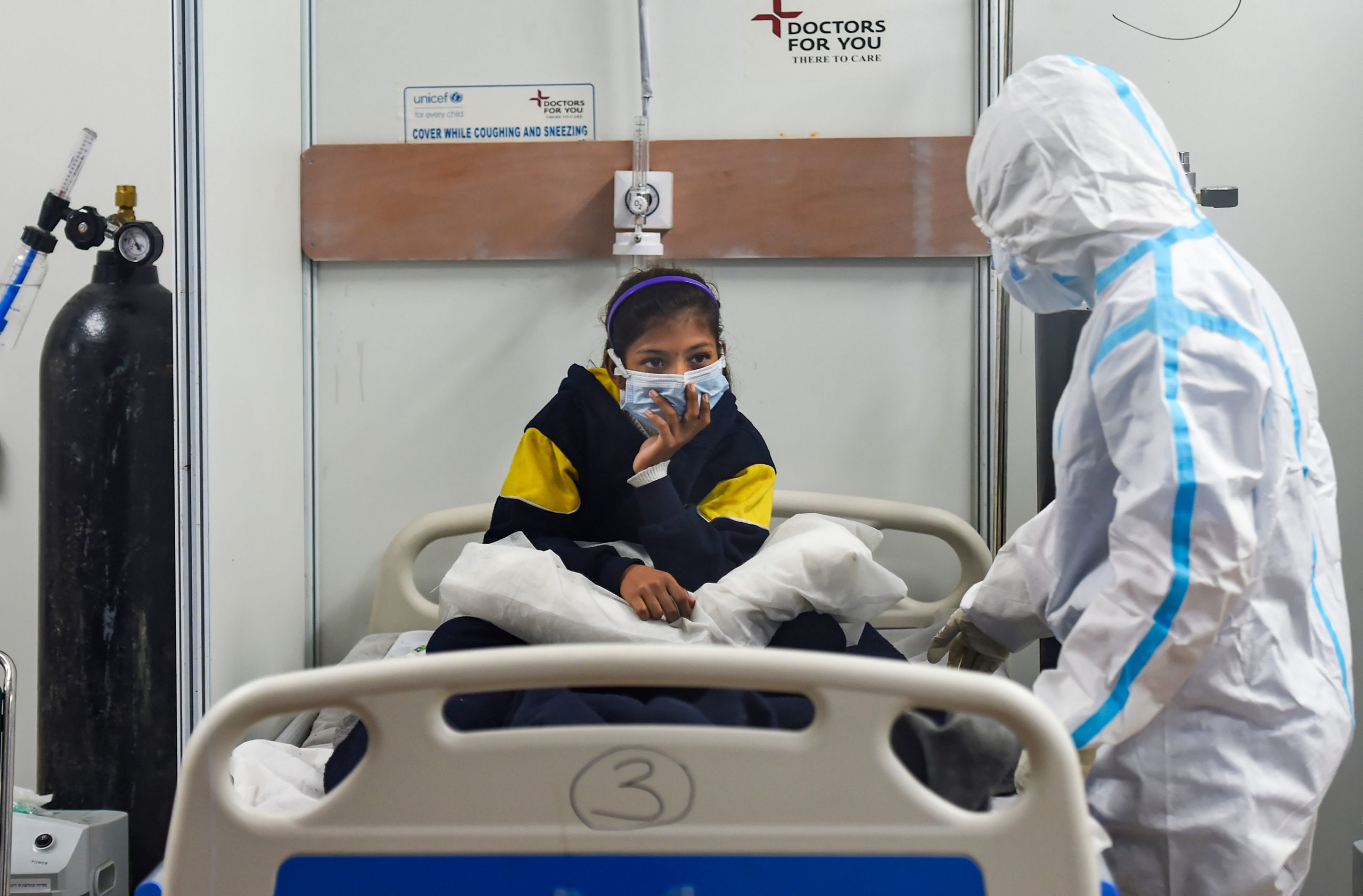The centre on Wednesday released revised guidelines for home isolation of mild and asymptomatic COVID-19 cases. “Over the last two years, it has been seen globally as well as in India that a majority of cases of COVID-19 are either asymptomatic or have very mild symptoms.
Such cases usually recover with minimal interventions and accordingly may be managed at home under proper medical guidance and monitoring,” the Health Ministry said today.
Also read: Third wave of COVID has already hit Delhi: Health Minister Satyendar Jain
Although omicron, a recent variant, is taking over the world and India at a rapid speed, most cases so far have not resulted in hospitalisation. Even in case of the previous, more severe variants like Delta, majority of the infections had resulted in home isolation.
Also read: In Israel, omicron drives confusing policy amid fourth jab
Here are the revised guidelines for home isolation:
- The patient should be “clinically assigned as mild/ asymptomatic case” by the treating medical officer. A designated control room contact number should also be provided to the family to get suitable guidance for testing, clinical management-related guidance, assignment of a hospital bed etc.
- Such patients should have the requisite facility at their residence for self-isolation and for quarantining the family contacts.
- A caregiver, ideally fully vaccinated, should be available 24×7 basis for assistance.
- Elderly persons above 60 years and those with co-morbid conditions such as hypertension, diabetes, heart disease, chronic lung/liver/ kidney disease, cerebrovascular disease etc shall only be allowed home isolation after proper evaluation by the treating medical officer.
- The patient should isolate themselves from other members of the house.
- All other members present at the resident should follow home quarantine rules while the Covid patient is self-isolating.
- Patients should wear triple layer clinical masks, preferably an N-95 mask. They are also advised to have a self-monitoring of temperature and blood oxygen levels with a pulse oximeter.
- They should drink plenty of water, fluids and follow respiratory etiquettes at all times, and follow frequent hand hygiene and sanitisation norms.







